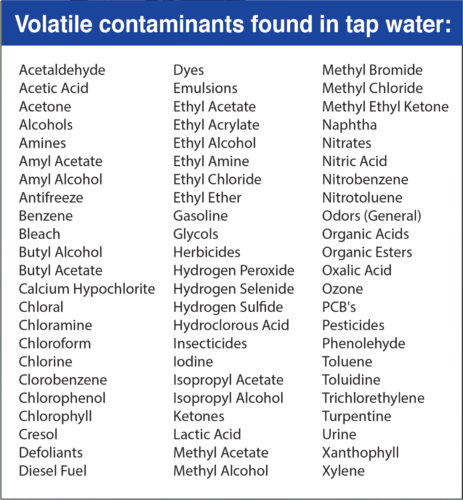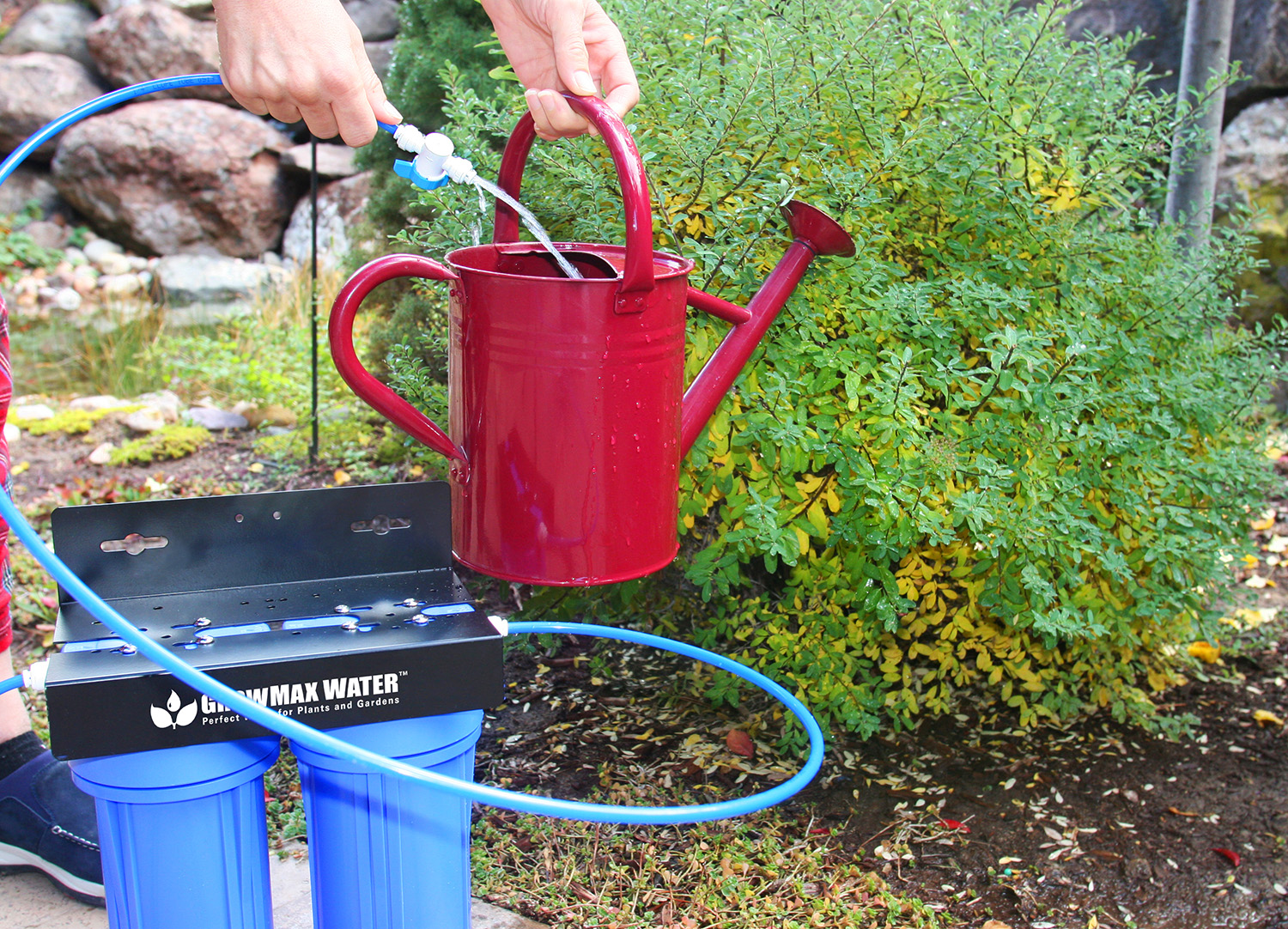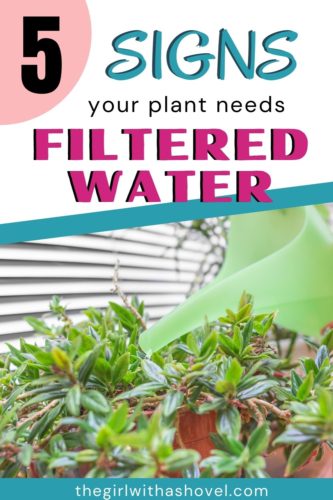Do you REALLY need filtered water for your plants? I know there is a huge controversy about benefits vs costs, but after doing some research (… a LOT of research…), I’ve found that yes, effects can be small. But small things add up.
A favorite podcaster of mine always stresses this when he points out that if you had a penny that doubled every day for only 30 days, by the end of the month you would have over 5 MILLION dollars! Just from a single penny! (Rob Dial, The Mindset Mentor)
So when I think about watering my plants, I think about how many drops I am giving them every day, every week, every year. It really adds up! And that’s why I use filtered water.
But the decision is ultimately up to you. I’m just here to point out the 5 signs that your plants might need filtered water.
*Note: This post contains affiliate links, which if purchased, I will receive a small portion of the profits. This helps me keep providing this information to all of you. But, I only promote products that I have personally tried and love!*
Sign #1 – Brown leaf tips, or brown, dying spots
Brown leaf tips and brown, dying (necrotic) spots can be caused by a few different factors, but they have both been linked to problems with water contamination. Now, this isn’t saying that your tap water is dangerous to drink… instead, it’s just dangerous to some of your more sensitive plants.
These two contaminants are chlorine, a chemical used to kill harmful bacteria in water, and flouride, a chemical that is actually added to water as it helps people have healthier teeth.
An excess of chlorine is what contributes to brown leaf tips in sensitive plants. These plants include: palms, spider plants, dracaena, azaleas, camellias, gardenias, etc.
An excess of fluoride, however, causes necrotic spots along leaf edges. These fluoride-sensitive plants include those listed above as well as ti plants, prayer plants, and calatheas.
So if your plants are showing either of these symptoms, then it’s a sign you need filtered water.

Sign #2 – It’s hot outside
You might not know this, but the concentration of chemicals in your drinking water will actually change with the weather. This is because most water treatment plants are outdoors, and the variation in temperatures can cause different levels of bacterial and microbial growth.
It has been seen that as it gets hotter, water treatment plants need to use more chlorine than usual to kill these microbes. So if it’s getting hot outside, then not only will your plants need more water, but they will also have a higher chance of absorbing too much chlorine.

Sign #3 – Your Soil is Turning White
A common question that a lot of people ask me is… “What is that white stuff on my soil? And how do I get rid of it?” The short answer is, this is a mineral build-up, and you need to leach it from the soil.
The problem with this short answer, though, is that this mineral build-up is most commonly caused by sodium carbonate… a chemical used to “soften” water (which usually makes it taste better when we drink it).
These salts, while they might not be too harmful to us, can eventually lead to some major problems for our plants, especially if the soil is never replaced or leached. (After all, there’s a reason why the Salt Flats don’t have a lot of vegetation y’all!)
So, I recommend that people leach out their pots… (running a bunch of water through the soil to flush out any harmful chemicals or built-up minerals). This will be harder for those of you with garden plants, but even with indoor plants, it can take a lot of time and a warm location where the soil can dry.
The one problem, though, is how useful is leaching if you’re using the same water that contains the same amounts of sodium as before? So you see how it really is a short-term solution that doesn’t change the root of the problem.

Sign #4 – Your Plant isn’t Growing as Big
This sign is mainly for outdoor and garden plants, but it can also apply to indoor plants.
To dive into the “why” of this sign, we need to remember that water treatment plants have the goal to kill microbes that are living in our water. In fact, it is the water treatment plants that help keep us safe from cholera, E. coli, and Giardia. So they add chlorine, trihalomethanes (TTHM), and haloacetic acids (HAA5) to our water to kill any living microbes.
The problem with this, though, is that it kills beneficial microbes as well.
These beneficial microbes (like mycorrhizae) help break down nutrients in the soil so they can be absorbed by the plant roots. This is one reason why most quality fertilizers contain beneficial microbes.
So if your plants aren’t growing as fast, it could be because the chemicals in your water are killing these beneficial microbes, leaving your plants on their own.
https://extension.umd.edu/resource/chlorine-toxicity

Sign #5 – You’re Not on Well Water
Well water can actually be better for plants than city water because it usually has fewer disinfecting chemicals, less or no fluoride, and higher mineral (a.k.a. nutrient) concentrations. But if you’re on “city” water, then you might like it more, but your plants will get the short end of the stick!

Those are the 5 signs that your plants need filtered water.
And if you’re now thinking you need a filter, I personally use and love this water filter system from GrowMax Water. I chose this one because I can use it for my indoor plants all winter (when it’s cold outside!), and then I can bring it outdoors in the summer to use for my garden!
It’s super light and connects to both under my sink, and onto my spigot! I just love this little guy!

If you have any more plant-related questions, feel free to comment below or shoot me an email. You can also join my Facebook group, “Houseplants for Plant Killers” to receive personalized help and plant tips whenever you need!
Happy Digging!

